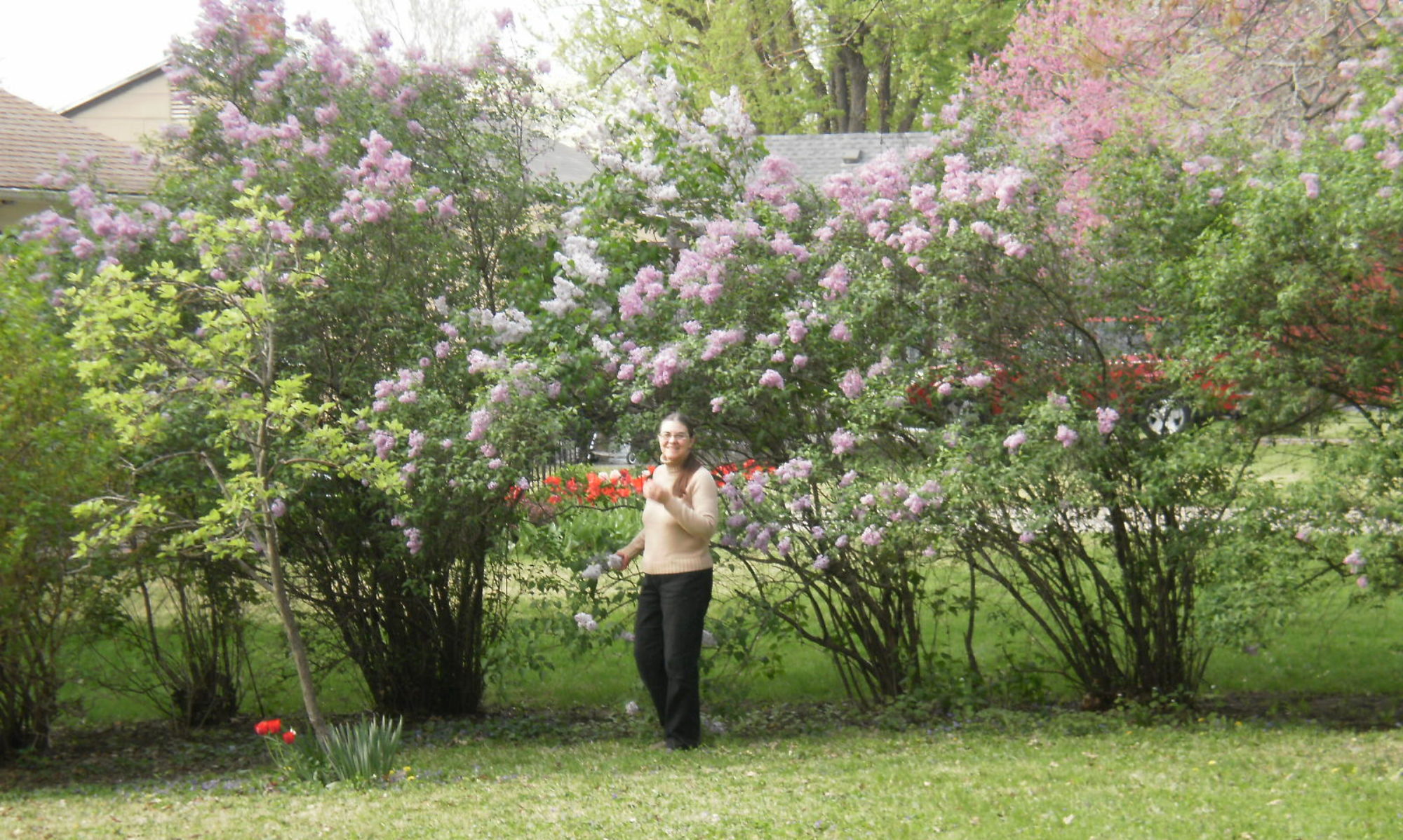I’ve said before in these posts that I’m lousy at delayed gratification and that binge watching television programs is a wonderful way to satisfy my intemperate lusts. I just finished watching all sixteen seasons of Criminal Minds over the course of the last year. That is a lot of mass murderers. I’ve slowed to a crawl for the rebooted series, now called Criminal Minds: Evolution. I’m watching television more than usual because I’m not reading much fiction at the moment. When I’m working hard on a novel, I prefer to read nonfiction to keep from stealing too much from whoever I’m reading.
Some of my favorite authors were/are wonderfully prolific. When I discovered Robert B. Parker, I cold-bloodedly found every book he had ever written (at the time), and with the help of inter-library loan and honest to goodness brick and mortar stores, read them in order. When he died, his greatest character, the private detective Spencer, had to live on in the hands of other writers. This seems to happen a lot in science fiction with other writers writing in the style of. Or in the case of mystery writer Dick Frances, his son took up the reins. Fortunately for me, Lindsey Davis, the creator of the Didius Falco and the Flavia Albia mysteries, is still alive and writing. My other current favorite, C.J. Box, creator of the Joe Picker novels is also writing away, and I have a lot of reading ahead of me to catch up. But until I finish The Siege of Zarmina, no fiction for me.
To keep my brain busy while I’m between writing sessions, I’m indulging my new addiction, podcasts. Between If Books Could Kill and Maintenance Phase, along with a few others, these keep me company when I’m walking around the neighborhood getting in my steps or when I’m sweating away in the garden. As for nonfiction reading material, I’m currently enjoying The Way of the Hermit: My Incredible 40 Years Living in the Wilderness, by Ken Smith with Will Millard. It’s a wonderful book, but I had a hard time acquiring it–the publisher can’t seem to keep it on the shelves, and the library didn’t even have it in yet but already had seventeen people on the waiting list. I did finally get the last copy at my favorite Barnes and Noble. Ah, to have a book so successful.
With any luck, Zarmina*, my third novel, will be done and ready for beta readers before the end of July. That’s the goal. In the mean time, I’m still waiting for the contract to come from the publisher who expressed interest in The Gingerbread House. After that, a short break–probably to read a whole bunch of mysteries–then on to finishing Wickham’s Daughter, then starting the sequel to The Gingerbread House. Then maybe finish Head of the Family and take a serious stab at Jocasta of Thebes. Ambitious, I know, but I’m not getting any younger.
*The working title for The Siege of Zarmina has always been The Iliad in Space.
Image: Bingeing on nonfiction and podcasts between writing sessions. By Marilyn Evans










